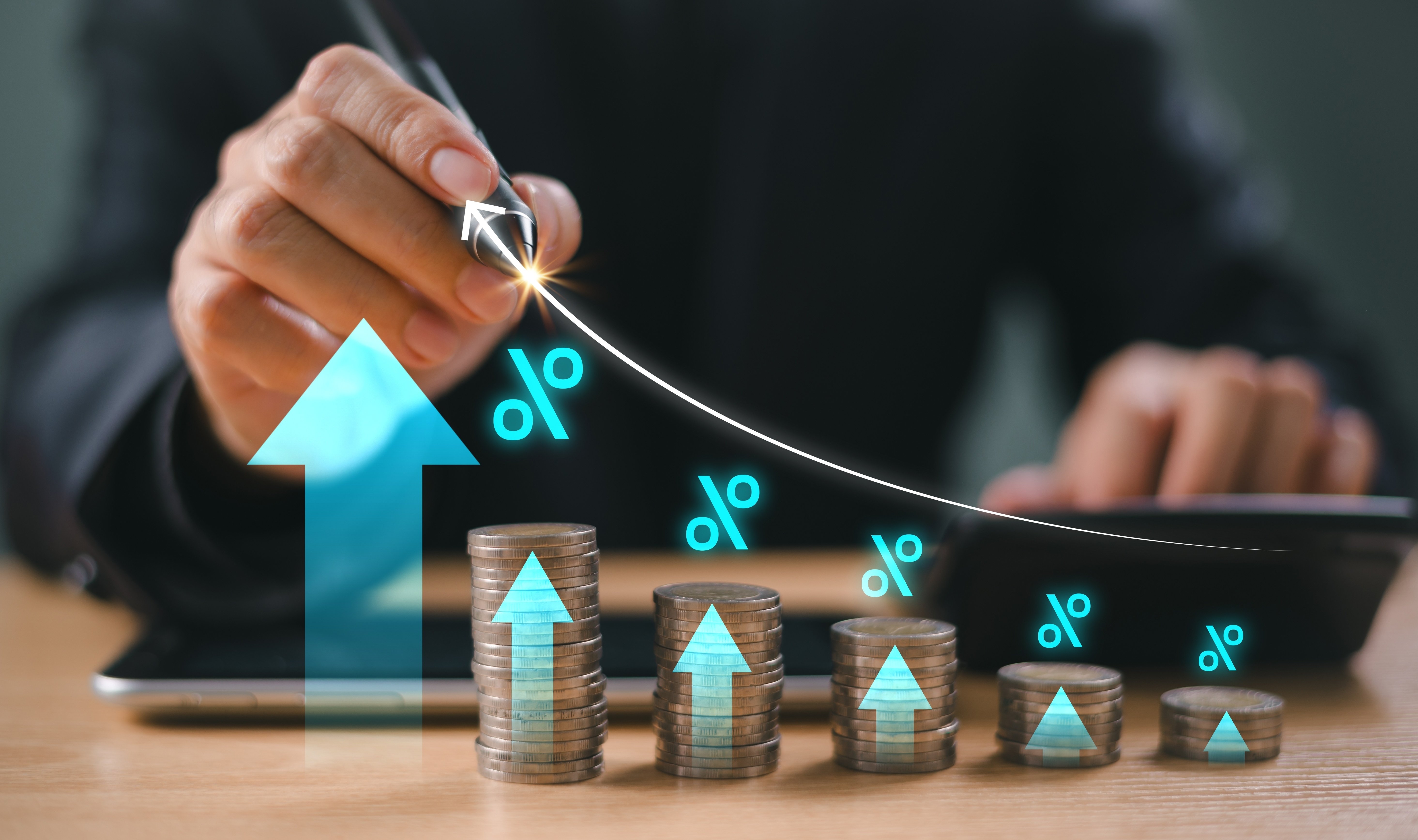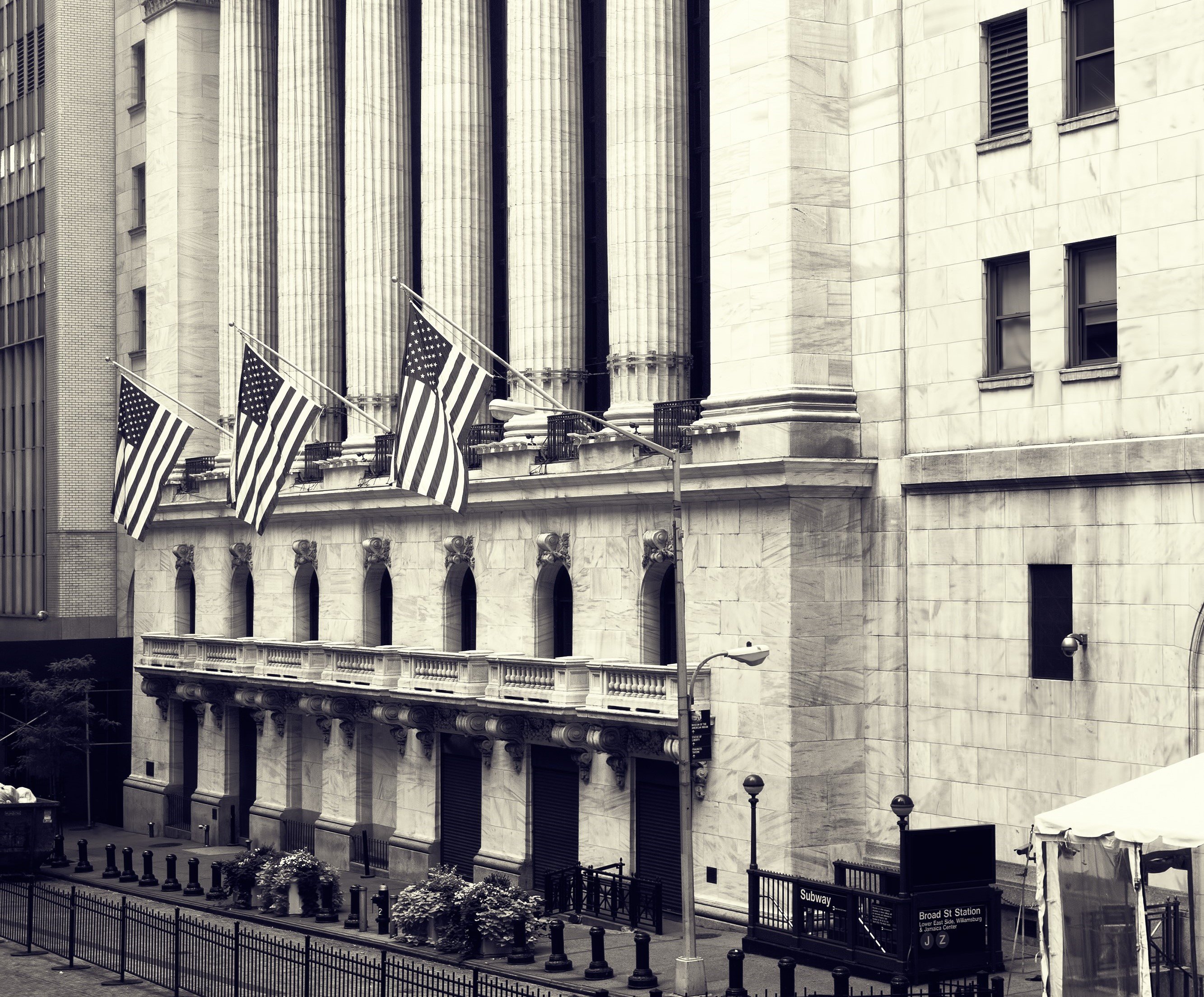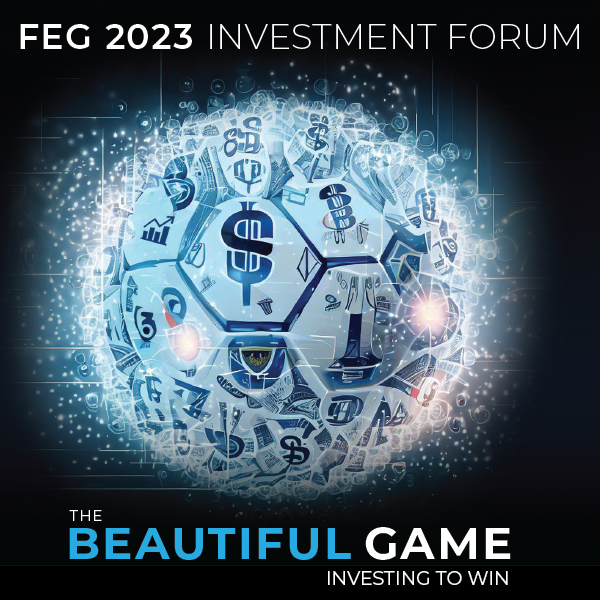
Publications
Our team of investment professionals regularly creates and distributes educational materials delivering timely data, perspectives, and insight on the markets and related topics.


Third Quarter 2025: If You or AI Build It, They Will Come
October 21, 2025

3 Ways to Build Donor Relationships and Grow Assets
September 8, 2025

Revisiting the Promise and Hope of Biotech
September 2, 2025

Navigating Today's Uncertainty: How Higher Education Institutions Are ...
August 11, 2025

Second Quarter 2025: Three Months of Fireworks
July 21, 2025

2025 Community Foundation Survey Executive Summary
July 18, 2025

Navigating the Rising Impact of the Israel-Iran Conflict
June 23, 2025

Assessing the Impact of the Israel-Iran Conflict
June 16, 2025

Educational Experience, Portfolio Management and Community Connection: ...
June 13, 2025

First Quarter Portfolio Insights: Spring Forward, Fall Back
April 24, 2025

Trade, Tariffs and Bears: Using Lessons from the Past to Weather Today’s ...
April 24, 2025

Fixed Income Today: Why Bother?
March 6, 2025

Fourth Quarter 2024 Private Capital Quarterly Review
February 25, 2025

Research Review: Fourth Quarter 2024
January 23, 2025

Research Review: November 2024
December 19, 2024

Research Review: October 2024
November 14, 2024

Third Quarter 2024 Private Capital Quarterly Review
November 14, 2024

FEG Insight: The Market is a Voting Machine
October 29, 2024

Third Quarter 2024 Market Commentary: A Midsummer Night's Dream
October 17, 2024

Research Review: Third Quarter 2024
October 17, 2024

Research Review: August 2024
September 19, 2024

FEG Insight: Giving Spending Policy the Attention It Deserves
September 9, 2024

FEG Insight: Community Foundation Survey 2024 Executive Summary
August 26, 2024

Second Quarter 2024 Private Capital Quarterly Review
August 20, 2024

Research Review: July 2024
August 20, 2024

Second Quarter 2024 Market Commentary: The Ten Trillion Dollar Trio
July 16, 2024

Research Review: Second Quarter 2024
July 16, 2024

Research Review: May 2024
June 18, 2024

FEG Insight: The '80s Are Back
June 5, 2024

First Quarter 2024 Private Capital Quarterly Review
May 20, 2024

Research Review: April 2024
May 20, 2024

FEG Insight: Total Eclipse — Twice in a Lifetime?
April 25, 2024

Research Review: First Quarter 2024
April 17, 2024

First Quarter 2024 Market Commentary: Shake It Off
April 17, 2024

FEG Insight: Hedging Against the Tide
March 25, 2024

Research Review: February 2024
March 18, 2024

Research Review: January 2024
March 9, 2024

Fourth Quarter 2023 Private Capital Quarterly Review
February 20, 2024

FEG Insight: 2024 Fixed Income Market Outlook
February 13, 2024

Fourth Quarter 2023 Market Commentary: What a Difference a Year Makes
January 18, 2024

Research Review: Fourth Quarter 2023
January 18, 2024

Five Questions to Consider Before Issuing an RFP
November 15, 2023

FEG Insight on Building Better Governance
November 15, 2023

FEG Insight: Navigating the OCIO Landscape
November 22, 2022

FEG Insight: Endowment Model Principles
October 1, 2021

Governance Framework: How to Structure for Success
September 13, 2021

FEG Insight: Investing with the Head and the Heart
March 9, 2021
There are no results for the filtering combination that you have selected.
Please try a different combination or broader filter options. To reset filters, set dropdown filters to the top selection and empty the search field.



Fourth Quarter 2024 Market Commentary: Same As It Ever Was
January 22, 2025